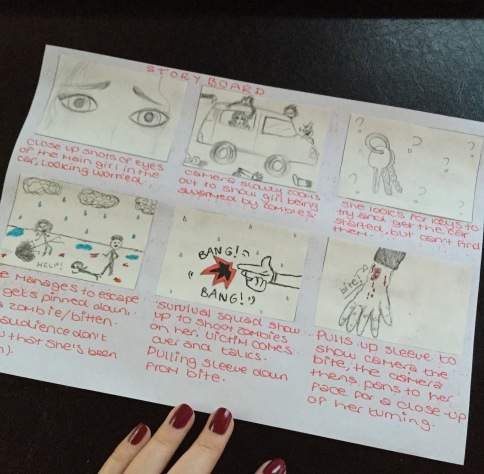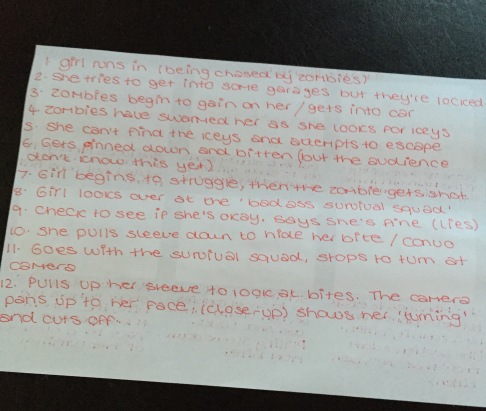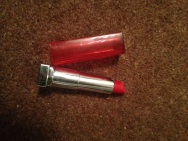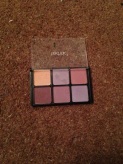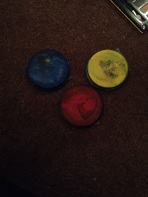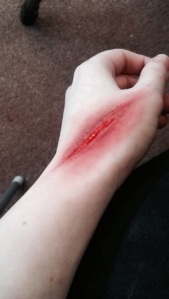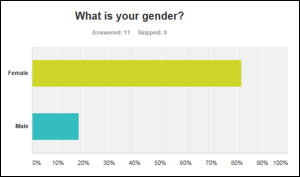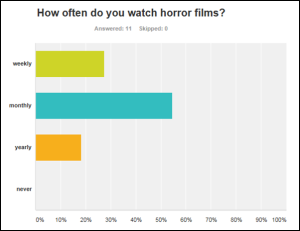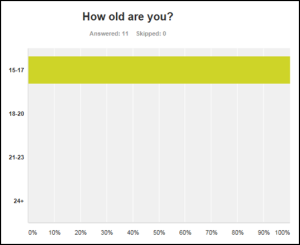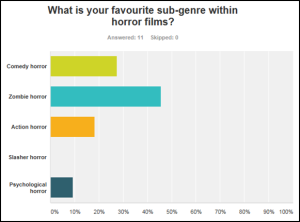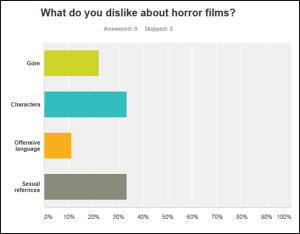Makeup Tutorial
0
0
0
Evaluation Questions
0Who would be the audience for your media product?
The audience for our media product would be those at/ over the age of 15, as it’s been rated 15. This is due to the fact that we wanted to be able to use conventional aspects of horror films, such as: strong violence or threat, potential strong language and mild blood and gore. This allowed us to be flexible with what we filmed and to develop popular traits used in past horror films, that we collected through our research. A 15 certificate also allows our chosen target audience of teenagers to view it, which we chose as we are teenage horror fanatics ourselves and thought we would know what they’d want to see as an age group.
How did you attract/address your audience?
We attracted/ addressed our target audience by getting them involved in the planning and making of our media product. This included creating a questionnaire for them to answer, so they had an input in things like the genre, storyline and the title of our film. The survey intrigued our audience and friendship group (of 16+) and led them to take an interest in the physical making of our product. As a result of this, a few of them actually volunteered to be a part of the making and became the characters within our film. This then broadened our audience as the friends and families of our friends wanted to see the final outcome of our media product. So this was possible, we put our final product on various forms of social media (i.e. Facebook, WordPress, Twitter and YouTube) and got said friends to share it round, again, widening our audience.
What have you learned about technologies from the process of constructing this task?
I’ve learned that using appropriate cameras, lighting and editing tools are all crucial to ensure the quality of our media product is of a high standard. I’ve also learned that cameras and laptops may not always be as reliable as needed when ensuring our work was stored and saved properly, that technology can be unpredictable as it may be unresponsive or slow when working on our media product and that battery life goes rather quickly. I know this from the amount of work we lost along the way due to malfunctioning technology.
our finished media product
0
Planning: Storyboard
0planning
0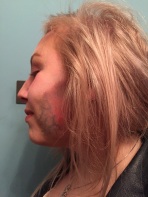
survival character makeup – contour lines along cheekbones/ around eyes to give a ‘hollowed-out’ effect and imply she’s tired and hungry. We’ve also tried to keep it quite natural as how she looks is the least of her worries and added some dirt and blood stains to show she’s been wrestling zombies and has a few scrapes and bruises.

Survival character costume – Leather jacket, leggings and a ripped, blood/dirt-stained tank top to imply she hasn’t had time to wash or change and is a little bit worn down from exhaustion.
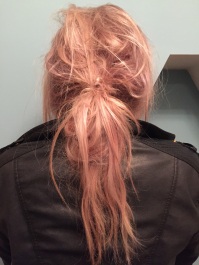
Survival character hair practice – Messy and thrown back into a practical style to imply she’s been on the run from zombies and hasn’t had the time or care to worry about such irrelevant things like how she looks. How it was created: Salt spray, a hair band, hairspray and lots of back-combing
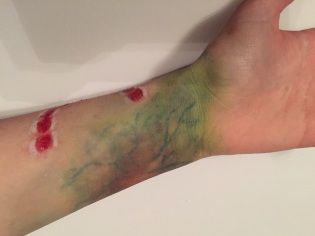
Zombie bite/ ‘bruise’ to show the victims’ skin starting to turn – Used on one of the female survival characters after she’s lost a fight with a group of hungry zombies (there will be close-up shots). Makeup used: red lipstick, white and blue eyeliner, green, red and blue eye shadow, nude concealer and clear nail varnish.
Survey Results
0Shot List (Camera shots we may use)
0- Close-up: A shot that keeps only the face full in the frame.
- Arc shot: A shot in which the subject is circled by the camera.
- Medium/ Mid shot: The shot that utilizes the most common framing in movies, showing characters from the waist up.
- Long/ Wide shot: A shot that depicts an entire character or object from head to foot. Not as long as an establishing shot.
- ‘Cowboy’ shot: A shot framed from mid thigh up, so called because of its recurrent use in Westerns.
- Deep-focus: A shot that keeps the foreground, middle ground and background ALL in sharp focus.
- ‘Dolly zoom’: A shot that sees the camera track forward toward a subject while simultaneously zooming out creating a woozy, vertiginous effect.
- Dutch tilt: A shot where the camera is tilted on its side to create a ‘kooky’ angle. Often used to suggest disorientation.
- Handheld: A shot in which the camera operator holds the camera during motion to create a jerky/ immediate feel, as if the audience are actually experiencing what the character is.
- Low-angle shot: A shot looking up at a character or subject, often making them look bigger in the frame. It can make characters look heroic and/or dominant. This shot is also good for making cities look empty.
- High-angle shot: A shot looking down on a character or subject, often isolating them in the frame.
- Locked-down shot: A shot where the camera is fixed in one position while the action continues off-screen. Often accompanied by sound so the audience know what’s happening. It says ‘life is messy’ and cannot be contained by a camera.
- Over-the-shoulder: A shot where the camera is positioned behind one subject’s shoulder, usually during a conversation. It implies a connection between the speakers as opposed to the single shot that suggests distance.
- Panning: A shot where the camera moves continuously right-to-left or left-to-right. Commonly used in car chases.
- POV shot: A shot that depicts the point of view of a character so that we see exactly what they see. Often used in Horror films to see the world through a killer’s/ victim’s eyes.
- Tracking shot: A shot that follows a subject, be it from behind or alongside or in front of the subject. Not as clumsy or random as a panning shot, much more of an elegant shot.
- Zoom (in/out) shot: A shot deploying a lens with a variable focal length that allows the cinematographer to change the distance between camera and object without physically moving the camera.

